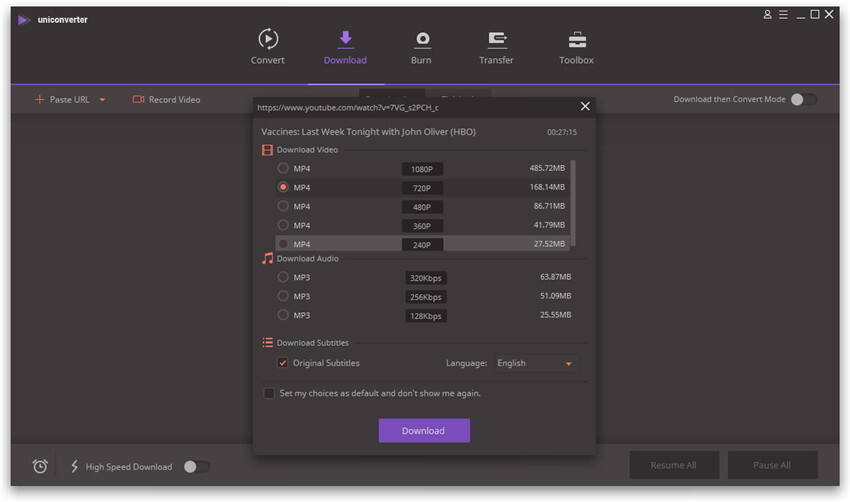

Basically, if you pass the -C option with a valid session ID/cookie, Drupal will send ab the page as if ab were authenticated. A lot of Drupal sites, though, need to be measured not only under heavy anonymous traffic load (users who aren't logged in), but also under heavy authenticated-user load.ĭ has some good tips for ab testing, but the details for using ab's '-C' option (notice the capital C.

However, it seems those CLI flags were deprecated and removed at some point in the past few months (maybe around 2.130 or so?), and now I get the following error when running CLI commands that way:Īpachebench is an excellent performance and load-testing tool for any website, and Drupal-based sites are no exception. I generally don't like putting any Jenkins bits (including the CLI tool) on servers outside the actual Jenkins instance itself, so I've traditionally used the -username and -password method of authenticating with jenkins-cli. It doesn't come with any automated solution for authenticating with Jenkins, and is meant for running either on the same server where Jenkins is running, or really anywhere that has SSH access.

One of the most annoying things about automating Jenkins is using the jenkins-cli.jar file to interact with Jenkins on the CLI. There are a few 'hacky' bits to doing so, like managing some Jenkins XML files (or if you really want to go crazy, storing your entire $JENKINS_HOME somewhere in a source control repository!). Note: If you use the 'High Efficiency' (HEVC) encoder for your GoPro videos, change h264_mp4toannexb to hevc_mp4toannexb in the above commands.įor the past decade or so, I've been working to automate as much of a Jenkins server build process as possible. So I found this answer on StackOverflow, which had exactly the commands I needed: ffmpeg -i 1.mp4 -c copy -bsf:v h264_mp4toannexb -f mpegts intermediate1.tsįfmpeg -i 2.mp4 -c copy -bsf:v h264_mp4toannexb -f mpegts intermediate2.tsįfmpeg -i 3.mp4 -c copy -bsf:v h264_mp4toannexb -f mpegts intermediate3.tsįfmpeg -i 4.mp4 -c copy -bsf:v h264_mp4toannexb -f mpegts intermediate4.tsįfmpeg -i "concat:intermediate1.ts|intermediate2.ts|intermediate3.ts|intermediate4.ts" -c copy -bsf:a aac_adtstoasc output.mp4 There are various reasons for this, but in the end, I really wanted one long file, so it would be easier to synchronize with footage from another camera and my audio recorder. I recently shot some footage with a GoPro, and realized after the fact the GoPro 'chapters' the footage around 4 GB, so I ended up with a number of 4 GB files, instead of one larger file.


 0 kommentar(er)
0 kommentar(er)
